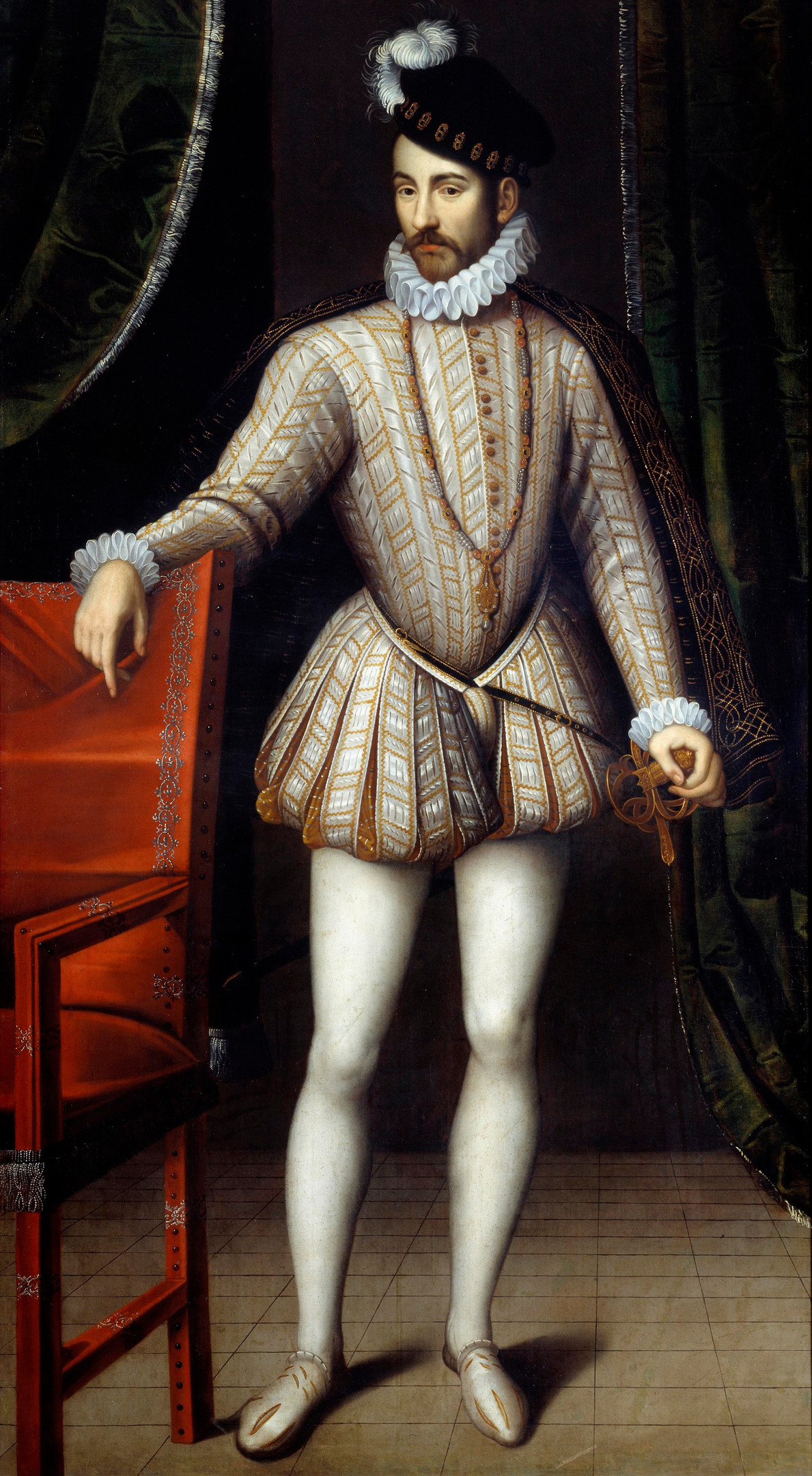In the women's wardrobe, feminine dresses and skirts have long coexisted with quite masculine trousers and suits. And this is not considered shameful. And here skirts still haven't caught on in men's closets and are considered something shameful.

The boundaries between masculine and feminine are fluid
Several famous fashion houses have released new men's collections, which feature skirts instead of dress pants. Some are short, others are very long., like women's palazzos.
In recent decades, the trend of dressing men in lace, ruffles and frills has been gaining momentum. Today they are no longer considered attributes of exclusively women's wardrobe.
Fashion designers are blurring the boundaries between genders like never before. Girls are dressed in a decidedly masculine way, lengthening the shoulder line, making suits baggier and stricter, while men are dressed in bright colors and ruffles.

Back to the roots
And this started a long time ago.Back in the 70s of the last century, famous fashion designers experimented with gender. Vivid examples were world pop stars, for example David Bowie.
He's the one Throughout his career, he has tried on a variety of characters. There were extravagant outfits, a genderless alien costume, as well as skirts and high heels. And this was not considered shameful - he still remained courageous and desirable for millions of women around the world.
Many designers were inspired by his example and continue to draw ideas to this day.

Legendary collections of masters
As soon as people realized that this was just a game of dress-up, bold experiments with images began. The first to come out with a men's fall-winter collection in 1997 was the queen of outrageousness, Vivienne Westwood. She presented looks with a classic checkered jacket and lace skirts for representatives of the stronger sex.
She was followed by the fashion house Burberry. In 2000, he presented men with a collection of waist-length skirts.Ax with a classic checkered pattern. But the real breakthrough came after the unveiling of the Dior collection.

In 2004, Hedi Slimane, who at that time was the creative director of the fashion house, presented his signature collection of floor-length skirts for guys. It's interesting that they combined with classic men's wardrobe items: shirt, leather jacket or jacket.
In 2009, Riccardo Tisci, a representative of the Givenchy brand, created a show in which he combined feminine and masculine in looks for the stronger half of humanity. Brutal leather fabrics coexisted there with soft cotton embroidered with flowers. The shorts were worn over tight-fitting leggings. Shirts went from a tight cut to a loose, classic one.
Today, not only designers, but also popular retailers (like Zara and H&M) are experimenting with masculine looks and skirts in guys' closets.

Let's go deeper into history
If you look through the centuries, many centuries ago skirts were the everyday wear of various nationalities. The Egyptians wore loincloths, and African tribes still do so. Togas and dresses were worn by the inhabitants of ancient Rome and Greece.
During the Renaissance in the wardrobe of men the overwhelming majority were short, fluffy shorts that resembled a miniskirt. They were complemented with white stockings, a wig was included in the look, and makeup was applied no less than the ladies of the court. Sounds feminine, doesn't it?

National costumes
To this day, many nationalities have preserved the tradition of men wearing skirts. So, in Scotland, members of the clan wear a kilt. This is a piece with a large check print made of thick fabric that reaches to the knees. Moreover, each type of ornament has different colors.
The attire of people who profess Islam also resembles long floor-length dresses. Men wear trousers under them, but they are not visually visible to others. The Japanese have traditional hakama pants. These are long and very wide trousers with pleats that resemble a maxi skirt.

Don't be surprised to see a man in a skirt on the street. Most likely, this representative of the stronger half is courageous, feels free from prejudice and wears what he likes and is comfortable. Besides, he follows fashion trends, since most designers have already presented their vision of this situation.


 0
0





